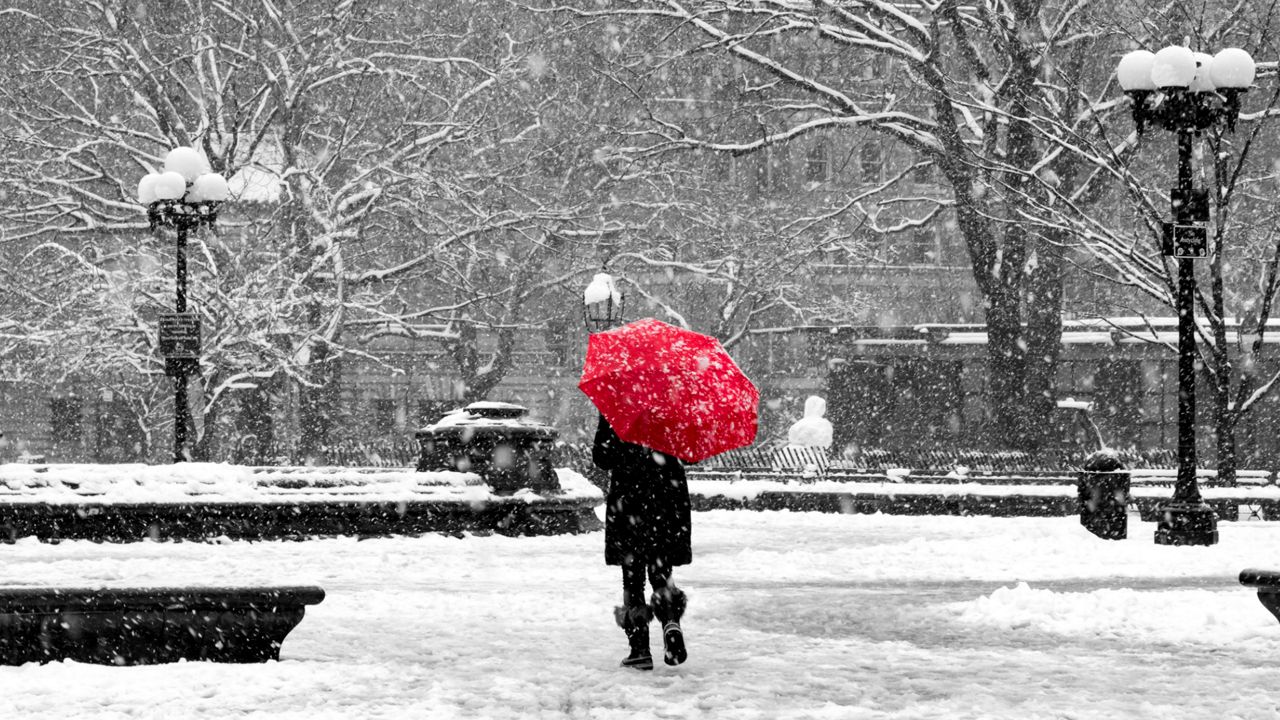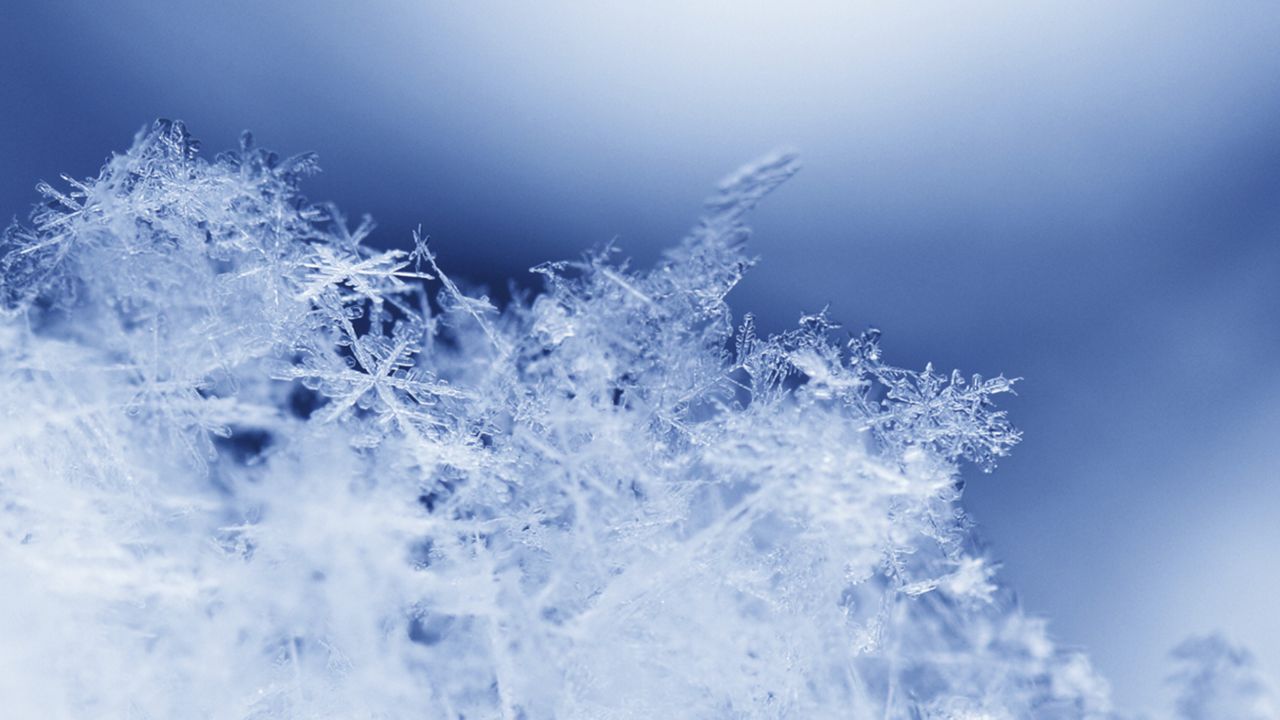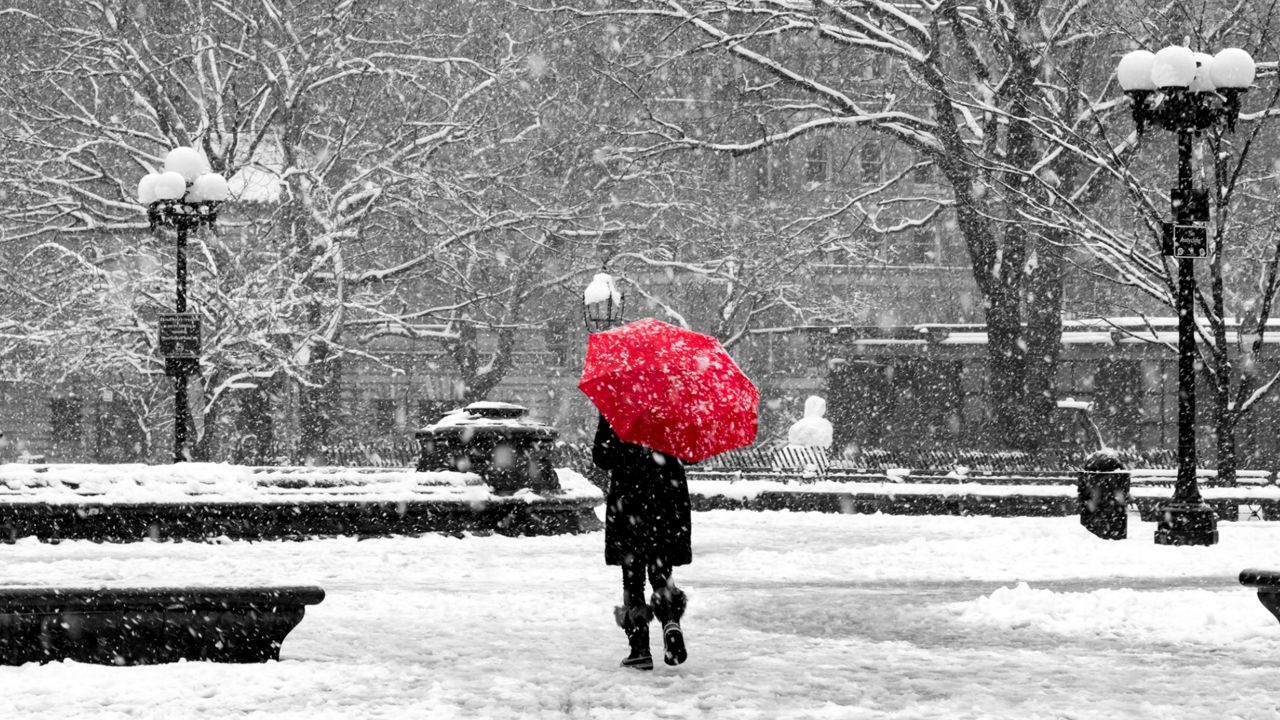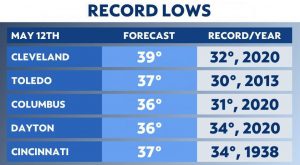It might sound strange, but snow sounds different when it’s warmer versus when it’s colder and we’ll dive into why that is.
Have you ever noticed the sound snow makes when you walk on it changes as the temperature drops?
There are a few theories about why the sound of snow changes depending on the temperature, but according to the University of Wisconsin it could be because when it’s warmer than 14 degrees, the pressure of your boot may cause a thin layer of snow to melt, creating a crunch.

Other theories point to the actual shape of the ice crystals that make up the snowflakes.
A layer of snow comprises ice grains with air in between the ice grains. Because the snow layer is mostly an empty air space, when you step on a layer of snow, you compress that layer a little or a lot, depending on how old the snow is.
As the snow compresses, the ice grains rub against each other. This creates friction or resistance, and the colder the temperature, the greater the friction between the grains of ice.

The sudden squashing of snow at lower temperatures produces a familiar creaking or crunching sound.
At warmer temperatures, closer to melting, snow will reduce this friction to where the sliding of the grains against each other produces little or no noise.
It’s difficult to say at what temperature the snow crunches, but the colder the snow, the louder the crunch.




